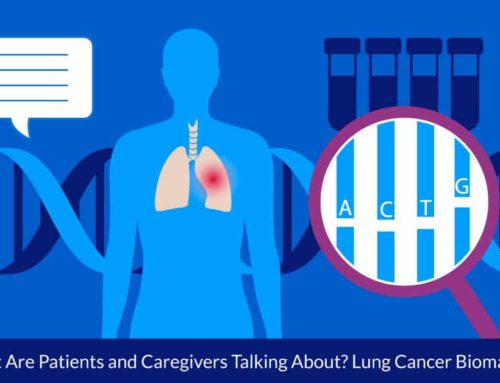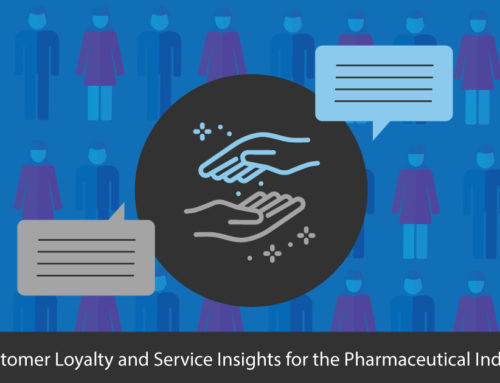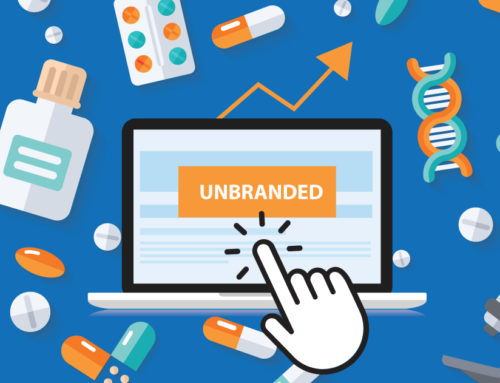Join the Party…Sponsored Content / Native Advertising!

There are two ways to be invited to a party where someone is selling something. Either your host tells you, up front, that it’s a party where part of the event is sales-related, and hopes you’re interested. Or, there’s the kind where you thought you were being invited over for dinner but you find out, too late, that your host is selling you life insurance.
When the latter happens, you may not know how you feel about your friend. It’s the same with native advertising. Sponsored content (native advertising), paid content that is formatted to resemble native content, is burdened with a dodgy reputation. One recent research paper in the Journal of Interactive Marketing titled “Digital Content’s Role in Fostering Consumer Engagement, Trust, and Value” 1 lumped native advertising with advertorials and infomercials, calling it content that “is disguised to resemble the hosting media’s content or format, thereby attempting to mislead consumers.” There’s been industry debate about the ethics of native advertising, too, including conflict over how big or how bold the type saying “sponsored content” should be.
However, like the parties, its acceptability depends on the intent of the host. If it’s in a context where the audience expects there to be some sponsored information, it’s fine if the source identifies itself -– and provides content of value.
A recent study in the Netherlands called “Is That My Friend or an Advertisement: The Effectiveness of Instagram Native Advertisements Posing as Social Posts,”2 put native advertising in a mockup of Instagram, the incredibly popular photo sharing app. Instagram’s user-generated content (UGC) consists of member’s uploaded photos, identified by username. The sponsored content was also photographic and product-related, and identified by the corporate (and brand) name. The third type of content used the same format as other UGC, but contained traditional advertisements. Both kinds of sponsored content were intermingled with UGC posted using the names of the participant’s existing Instagram “friends.”
This study found that the student “consumers” don’t have a problem with natively-presented paid content in their social media; in fact, they even found it a credible source of information. They ranked the user-generated content as the most credible, and the sponsored content as more credible than advertising content, all formatted identically to native UGC postings.
Evidently, if users wanted to follow a product, they could. They didn’t care for straight advertising, but didn’t hate it; they could ignore it. They liked interesting photographs — even if they were sponsored. It did not degrade their perception of the brand.
The same study concluded that their findings support the conclusions of other cited studies2
- Messages imitating UGC may be “effective in boosting outcomes, even if they are recognized as advertisements.”
- Non-sponsored posts impact brand attitudes and intentions more directly than sponsored posts, but both are considered similarly credible.
Native advertising didn’t cause offense when posted alongside UGC in this social media format, because it provided the same kind of content the user was looking for in the first place.
Obviously, sponsored pharmaceutical content is subject to more regulation than are Instagram images of familiar brands. However, most pharmaceutical marketers have informational content about their products that has already passed legal muster. Such content won’t be rejected, as long as it provides value to the audience.
So what’s valuable to the audience in the Inspire communities? “Insights from Engaged Patients,” Inspire’s analysis 4th annual survey of its users, showed that almost all of the members research their own conditions, and the most common source of information comes from condition-specific blogs (81%). What do members look for there? Most patients and caregivers are looking for or giving advice regarding treatment options, and this includes discussing brands.
Inspire’s research of its patient community supports two other findings cited by the Netherland study’s researchers:
A conversational human voice is beneficial for a brand’s social media presence,3 such that brand posts following the same conventions as UGC may be received as more authentic, likeable, and worthy of action.4,2
If you have legally approved marketing content that’s presented in the voice of an actual patient, you probably have material that would be accepted as credible by a targeted audience of peers on social media. You might even be invited to join the party.
Inspire offers a trusted community to patients and caregivers. Our goal with this blog, this website and our content is to provide the life science industry access to the true, authentic patient voice. In so doing, we support faithful operationalization of patient-centricity. Take a look at our case studies, eBooks and news outlet coverage.
References
1 Hollebeek, L, and Macky, K. “Digital Content Marketing’s Role in Fostering Consumer Engagement, Trust, and Value: Framework, Fundamental Propositions, and Implications.” Journal of Interactive Marketing 45 (2019) 27-41. December 2018.
2 Johnson BK et al. Journal of Computer-Mediated Communication. May 2019.
3 Dijkmans, Kerkhof, Buyukcan-Tetik, & Beukeboom, 2015.
4 Colliander & Marder, 201.8






